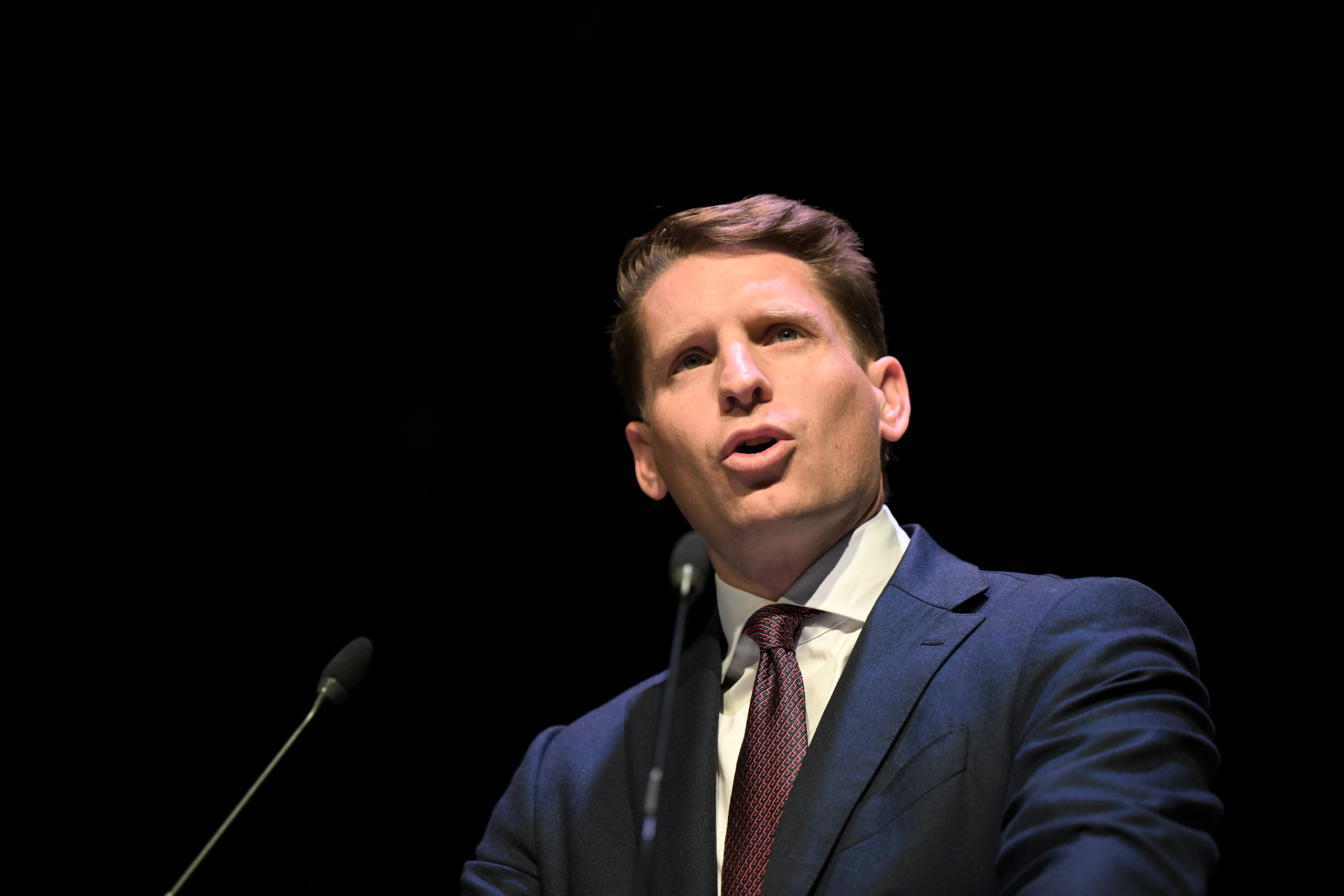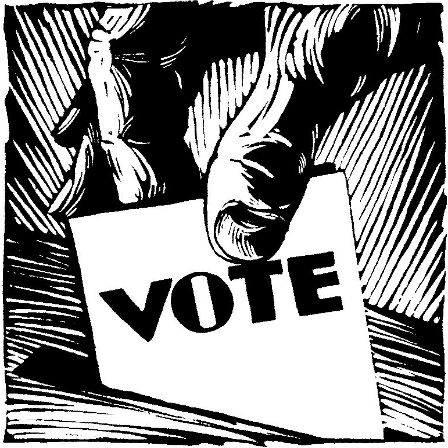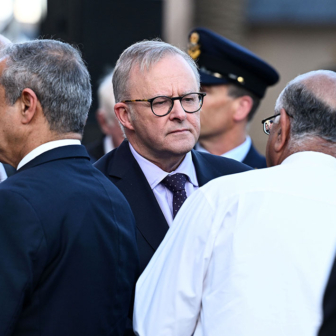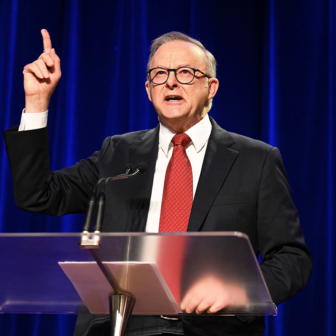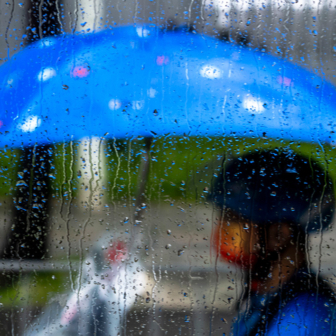Peter Dutton is long gone, but the rabid Coalition base isn’t short of potential saviour-leaders who — once they get a chance, equipped with conviction and force of personality — will shake the nation from its “woke” stupor and make it see the light.
Jacinta Nampijinpa Price has long been a favourite. Tony Abbott, who one senses has been dreaming of a comeback for the past decade, is enjoying a revival. And for several months Andrew Hastie has been trailing his long coat.
Ever since he entered parliament in September 2015, Hastie has been spoken of as a future Liberal leader. His employment history and from-central-casting appearance — I mean that literally, he looks like an actor in an action movie — combine powerfully.
He has overtly inserted himself into the leadership stakes while denying to journalists he is doing any such thing. Journos love a leadership stoush, and quite a few, reporting with a soft brush, have cited the at-first-glance-impressive statistic that at this year’s election, which saw a national 3.1 per cent swing to Labor, Hastie picked up 5.4 percentage points in Canning. Which is true: but in fact all sitting Liberals in Western Australia (a small group to be sure, just four of them) achieved positive swings, and Hastie’s was the smallest.
Western Australia was easily the Coalition’s best state swing-wise — shifting to the government by a mere 0.8 per cent — and if you exclude the four Labor MPs freshly elected in 2022 (beneficiaries of the sophomore surge) the state swung a bit to the Coalition.
But Hastie does seem to have a decent personal vote in Canning — candidates and MPs who once wore uniforms tend to attract that — although nothing like the following built up by his voluble predecessor, the late Don Randall. And anyway, performance in an electorate has little to do with leadership prowess.
Explicitly or not, Price, Abbott and Hastie all advocate dramatically lower immigration, but Hastie promises another, complementary defence against an unpredictable world: economic protectionism, so we can make things again. And the three of them would abandon net zero.
It’s all very Donald Trump, of course, but in our case, unlike America and Europe, the evidence of immigration that voters observe on the street is 100 per cent “legal,” although very high relative to other countries. Protectionism, on the other hand, is even more Australian than American, having been with us until quite recently, in the early 1990s. And Anthony Albanese has himself attempted to tap into such yearnings, most obviously when he named the government’s net zero policy the Future Made in Australia.
Slashing immigration and protecting Australian industry would instinctively appeal to many Australians. But if politics was just about mouthing things most people reflexively agree with, well, Dutton would now be prime minister. The very act of energetically promoting such plans can have unintended consequences.
A standalone plebiscite to dramatically lower immigration would possibly or even probably pass, but in the polling booths at election time the issue slides down the list of voters’ priorities. It’s not that important, so why is that politician going on about it so much? Protectionism, which is more about putting food on the table, would probably be attractive to more electors at gut level, but it would constitute a big economic target. We know many Australians are easily frightened at elections.
Abandoning net zero would obviously damage the Coalition in current or potential “teal” electorates, but elsewhere is probably in itself not a great game-changer either way. Except for one thing: right now, investors and businesses are making decisions based on current government policy and a widespread assumption that the Labor Party will be in office for at least six more years. Taking a platform to the 2028 election that proposes to unscramble all that would conjure up disruption and stress, and perhaps see business donations dry up. This is not 2010–13, when most expected the Coalition to take office and made plans accordingly.
These right-wing aspirants for the Liberal leadership would all take inspiration from Trump’s reputation for having tapped into his country’s mood, even if they’re now wise enough to not advertise it. But Trump lost the 2016 national vote by 2.1 per cent and won in 2024 by 1.5 per cent. Neither election could be called a landslide. He has a particular persona and, in his way, eloquence and communication skills. He’s a very American phenomenon, and Australians are not like Americans. Apart from anything else, we lack the evangelical base that was vital to both his wins.
I am one of the minority who doesn’t assume the 2028 election is a lay-down misère for Labor. I mean, they’ll probably win it, but it’s reasonably open within the parameters of those declining primary votes for both major parties. A lot depends on what the world throws at us.
Meanwhile, Sussan Ley is trying to refashion her diminished parliamentary party. She got the booby prize of post-election opposition leadership, and not even six months out the sharks are already circling. The best thing that could happen to her would be to lose the leadership this year, hang around the backbench watching the debacle of her right-wing replacement, and then allow herself to be enlisted again for 2028.
Six months out from the next poll would be perfect. She is much more electable than those other pretenders to the throne. •
